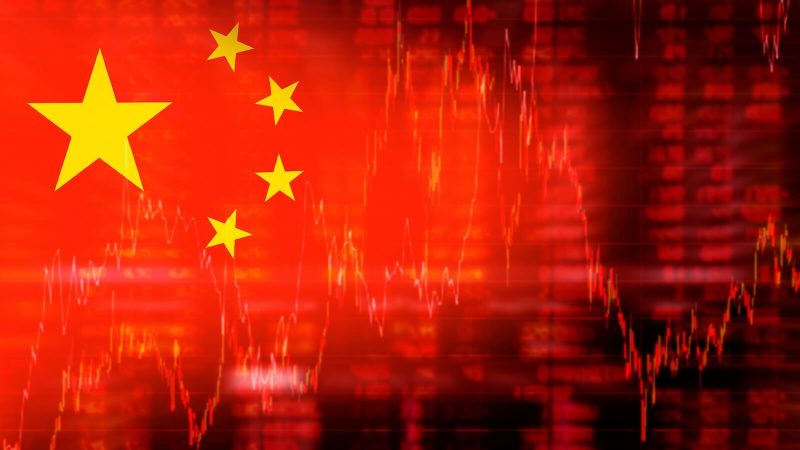Throughout the year, China has been making substantial efforts to energize its stocks and commodities. As one of the globe’s influential economic powerhouses, China’s fiscal and monetary policies can have a significant impact not only on its local economies but also on global financial markets. The question remains, however: will the energy injected into the market inevitably sink? This article aims to explore this pertinent issue.
The Chinese government has been stimulating its economy through various fiscal and monetary measures after a slowdown caused by trade wars and COVID-19 pandemic. The People’s Bank of China, for instance, has introduced multiple reductions to the reserve requirement ratio for banks, freeing up additional liquidity to support businesses and the economy. Furthermore, China has implemented plans to accelerate infrastructure investment, where funds are allocated towards new projects, fortifying the construction, rail, and road sectors.
Similar to how a magnet attracts iron, these strategic moves have impacted commodities and global stocks significantly. The promise of increased demand due to infrastructure projects results in a surge in the prices of commodities, such as iron ore, copper, and zinc. China is the world’s largest consumer of these metals and a spike in demand invariably drives global prices upward. For stocks, infrastructure-focused shares have benefited greatly from the stimulus, reflecting heightened investor confidence in emerging market equities for short-term gains.
However, the positive impact comes with its own set of risks, giving rise to concerns about the longevity of this energy. The central focus here is the probability of these stimulated conditions generating a bubble that might eventually burst.
Drawing from past experiences, some economists have argued that artificial market buoyancy created by government stimulus often lacks long-term sustainability and could lead to market crashes. This is mainly due to the fact that stimulus packages often temporarily conceal structural problems in the economy, which, when exposed, can trigger financial destabilization. In essence, an economy cannot be manually controlled indefinitely without addressing structural weaknesses.
Stimulus measures typically inflate asset prices, which might lead to overinvestment in certain sectors. Overinvestment can, in turn, result in an oversupply of goods and services, a subsequent fall in prices, and possibly lead to business closures and layoffs due to decreased profitability. Equally, while short-term liquidity for businesses can drive economic growth, it may also risk a surge in non-performing loans if businesses fail to generate enough profits to repay these loans.
While the stimulus has temporarily revived China’s economy, creating a ripple effect on global stocks and commodities, it’s crucial to note that the stimulus energy may eventually taper down. China must continue to focus on enhancing efficiency and productivity and embracing structural reforms. These improvements will help transition the country towards a more sustainable growth model, which would in turn contribute more robustly and consistently to the global economy.
In essence, while the Chinese stimulus serves as a short-term solution to inject energy into the stock and commodity markets, it may not be a feasible long-term strategy. It could potentially create a bubble that, if not carefully monitored, may burst eventually, creating severe impacts on both local and global economies. Hence, it’s essential for all stakeholders – policymakers, investors, and businesses, to approach this situation with caution, making strategic decisions based on both short-term gains and long-term sustainability.




